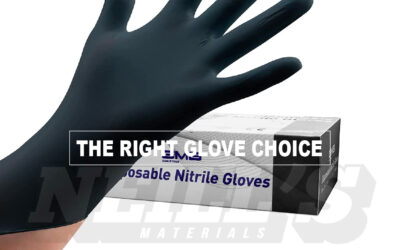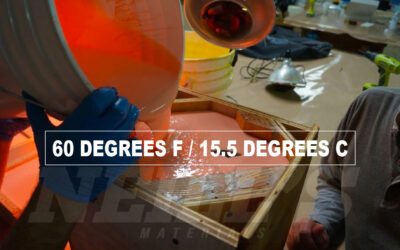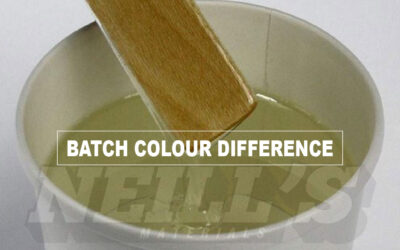Why Didn’t My Rubber Cure?
There are quite a few reasons why a rubber might not cure. The potential cause can be narrowed down by asking: where is the rubber showing signs of not curing?
On the surface exposed to the air?
If the rubber cures properly everywhere else, but is only slightly sticky on the surface exposed to the air, this is due to elements in the air which causes rubber to either take longer to cure, or cause a very thin sticky layer to remain on this surface. This typically only happens with Platinum Silicones. A quick fix would be to apply baby powder to this surface. Use a clean brush to evenly spread the baby powder, and then to remove any excess powder.
On the surface making contact with the master or mould?
If the rubber fails to cure only on the surface which makes contact with the mould or master, this means that the material the mould or master is made of contains an element which causes cure inhibition in the rubber. Cure inhibition occurs when an element interferes with the chemical process that causes a rubber to cure. This also most often happens with Platinum Silicones. Platinum Silicones will not cure against Tin Silicones, Polyurethanes, and Latex. Additionally, when using a platinum silicone we recommend experimenting with a test cure before proceeding to ensure that the silicone will cure against your master or mould.
In spots or streaks?
If the rubber cures but exhibits sticky spots or streaks, this is most likely due to unmixed material. When rubber is mixed poorly, there will be spots or streaks of uncured material due to buildup of unmixed material in some areas of the cured part more than others. Make sure to mix in a figure 8, lightly scraping the sides and bottom of the container to ensure a well-mixed batch.
All over?
If the entire pour does not cure, this can be a few things.
- Mix is off ratio – This typically happens with platinum silicones and polyurethanes. Please check to make sure that you are mixing on ratio, and that you are mixing by weight or volume as noted on the technical data sheet for the product.
- Not enough time has passed – This can be the case if it is colder while the mould is curing. The colder it is, the longer it can take to cure. Under extreme conditions, the pour might not cure at all.
- Non-compatible fillers – This is rare, but some pigments, fillers, or other additives may not be compatible with the rubber.
TIP: For all curing issues, many of the above issues can be ruled out by trying a test cure with no additives, release agents, etc. in a cup. If the product cures in the cup, this makes it easier to narrow down the potential issue.
Original Source: Polytek Development Corp.







